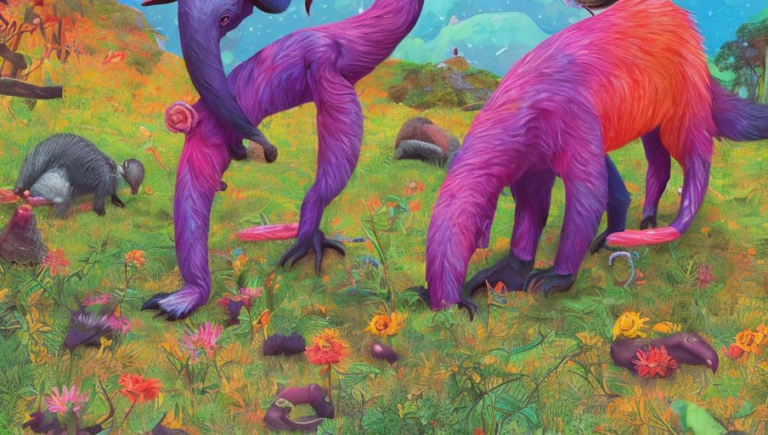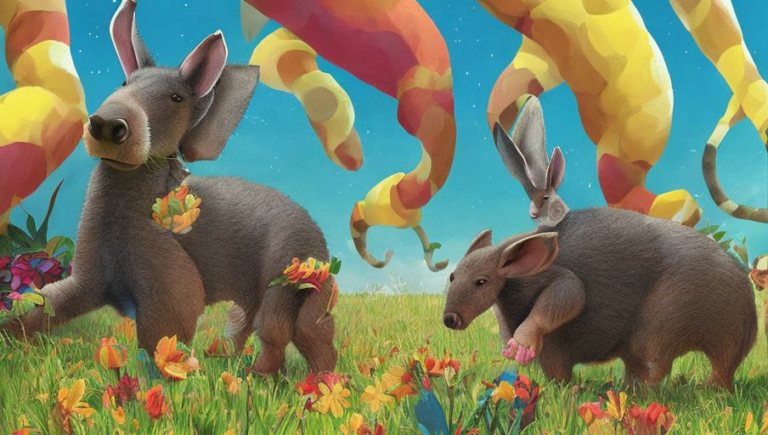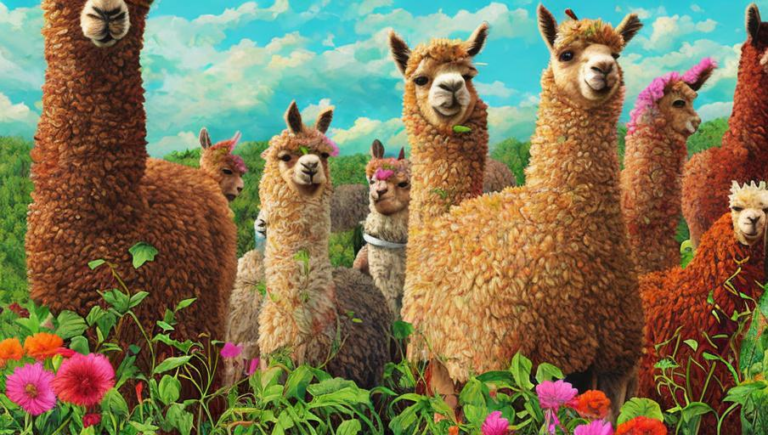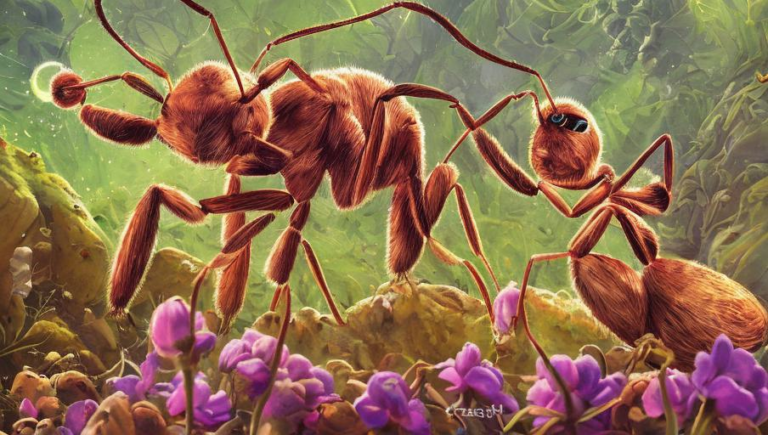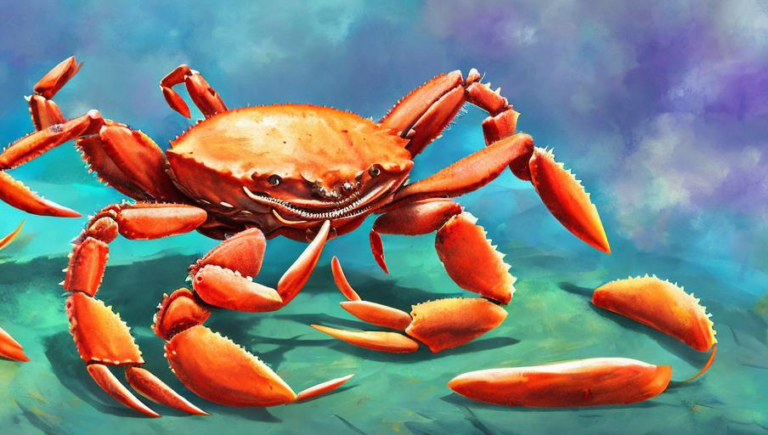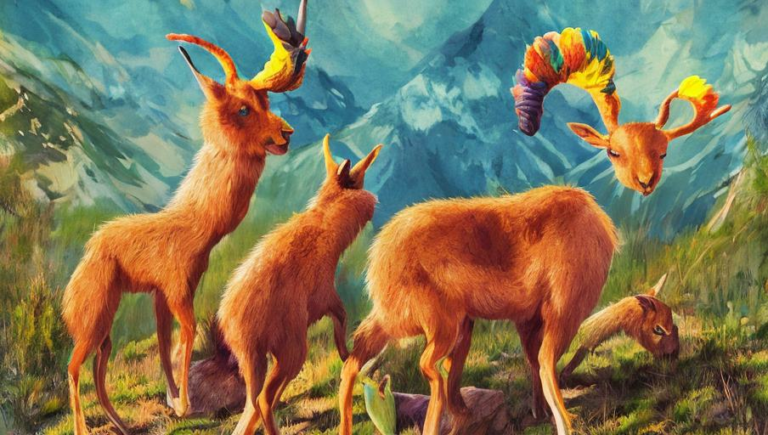Wondrous Curlew: A Journey Through the Habitat of This Remarkable Bird
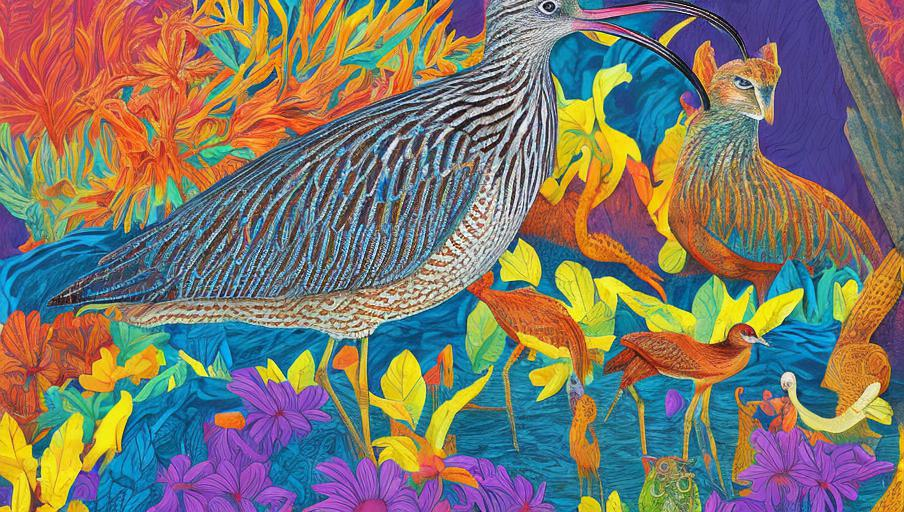
Introduction
The curlew is an amazing bird with a unique look and a diverse range of habitats. It is a member of the sandpiper family, and is easily recognizable by its long curved bill and its distinctive call. This bird is widely distributed across the globe, from the northern tundra to the subtropical savanna. In this article, we will explore the habitats of the curlew and some of the different species that can be found in these areas.
Range and Habitat
The curlew is found on six of the seven continents, spanning from Europe, Africa, and Asia to North America, South America, and Australia. It prefers to inhabit wetland habitats, such as marshes, estuaries, and riverbanks. It is also found in coastal areas, grasslands, and meadows. In the wintertime, some species may migrate south to more temperate climates.
Behavior and Diet
The curlew is a very social bird, often gathering in flocks of up to a hundred individuals. It feeds on insects, worms, and other invertebrates that it finds in the mud or shallow waters. It will also eat small fish, crustaceans, and other aquatic animals. The curlew has a unique way of foraging for food. It will use its long bill to probe the mud for food and then use its bill like a shovel to scoop up its prey.
Threats and Conservation
Unfortunately, the curlew is threatened by habitat destruction, pollution, and predation. In the United Kingdom, the species has declined by over 50% in the past decades. The main cause of this decline is habitat destruction due to intensive farming practices and urban development. Conservation efforts have been put in place to help protect the species, such as creating protected areas for nesting and foraging. Additionally, educational programs have been created to teach people about the importance of protecting these birds and their habitats.
Conclusion
The curlew is a remarkable bird with a unique look and a wide range of habitats. It is a social creature that feeds on insects, worms, and other invertebrates. Unfortunately, the species is threatened by habitat destruction, pollution, and predation. Conservation efforts have been put in place to help protect the species, such as creating protected areas and educational programs. The curlew is an amazing creature that deserves our attention and protection.
